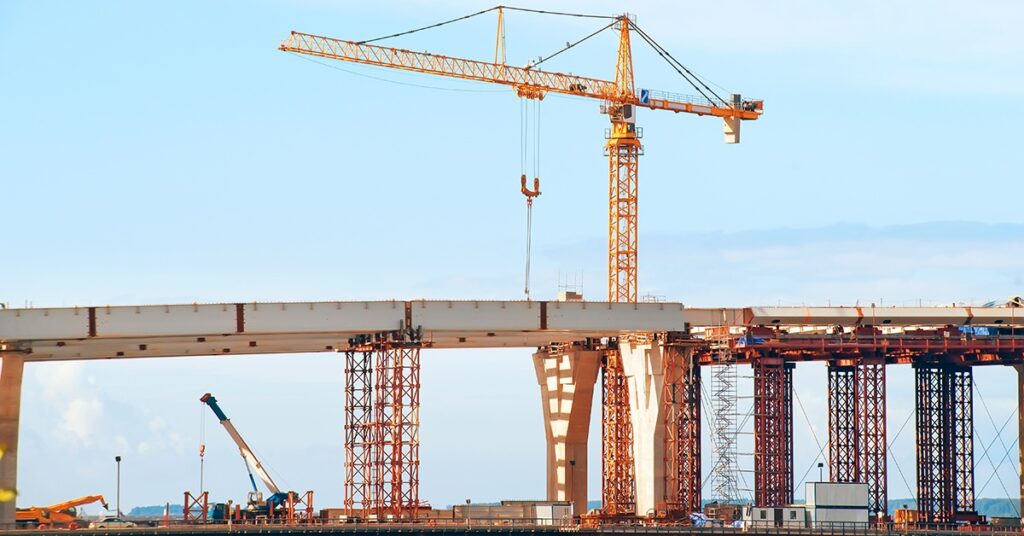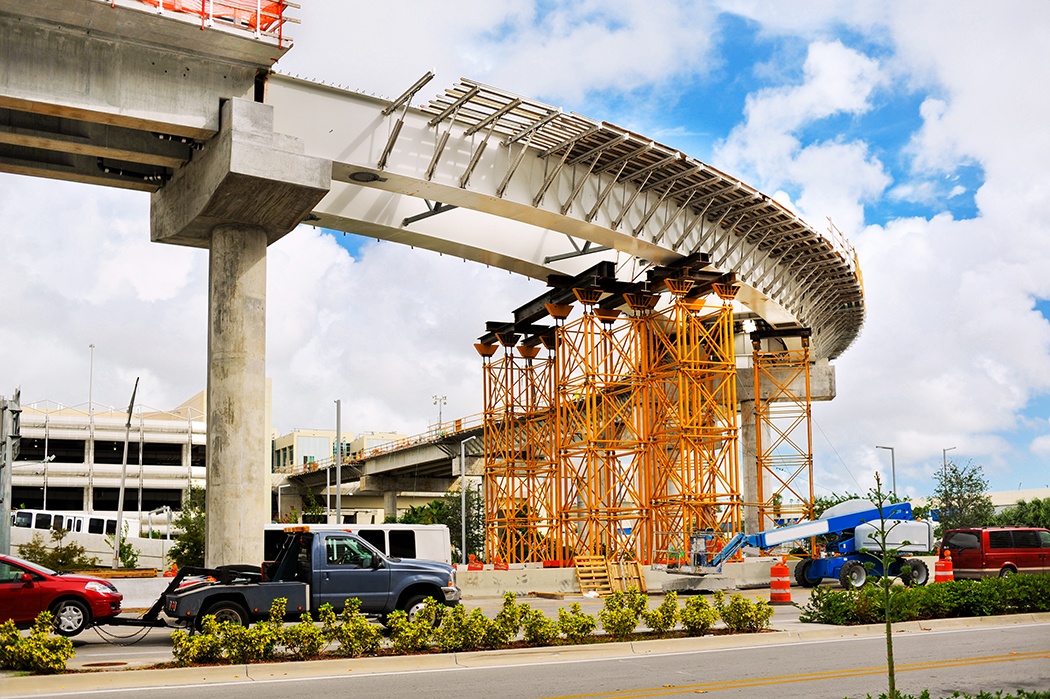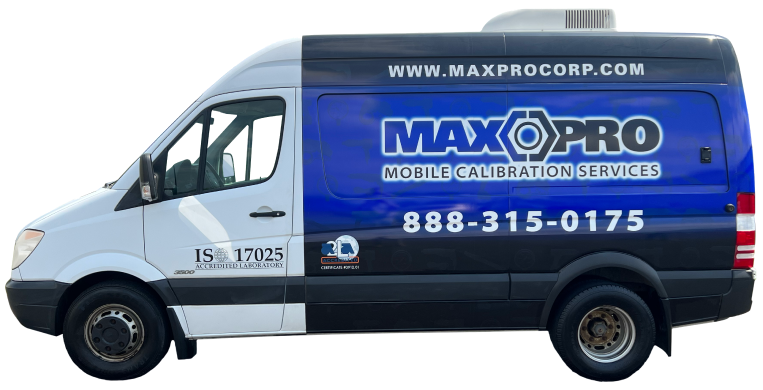
Kelly Kahle remembers driving to a soccer game on that day in Minnesota in August 2007. She remembers the sound of the I-35 bridge rumbling, and the fear and disorientation that came when her section of the bridge began to plummet into the Mississippi River.
“And then all of a sudden muddy water with bits of concrete hit the window and I’m like, ‘God please don’t let me die by drowning. I don’t want to die that way,'” Kahle told Minnesota Public Radio last year. “And then all of sudden it cleared, and the car is still and we’re just like, ‘Get out, get out. We have to get out.'”
Kahle was able to get out, but others weren’t as lucky. The bridge collapse killed 13 people, injured 145 more and left transportation officials worrying about the state of the nation’s infrastructure.
After the bridge collapsed, the American Association of State Highway and Transportation Officials decided to investigate bridge quality control best practices used by different states.
Bridge and highway quality control best practices
 Once the AASHTO concluded its study, the National Transportation Safety Board recommended that it work with the Federal Highway Administration to develop better bridge quality control best practices to prevent design errors.
Once the AASHTO concluded its study, the National Transportation Safety Board recommended that it work with the Federal Highway Administration to develop better bridge quality control best practices to prevent design errors.
This follow-up study looked at states that had successfully implemented bridge quality control best practices and found some common threads regarding quality control (QC) and quality assurance (QA).
“A number of states with successful QC/QA programs have developed procedures and training classes specifically focused on QC/QA,” the report says.
“Another common element includes having regularly scheduled meetings with all disciplines involved in the projects, with earlier involvement from construction to ensure constructability. Lastly, good communication between consultants and department staff is important in successful states. Many states hold lessons learned conferences or meetings with their consultants each year.”
The report also found that successful states have a few common review practices in QC/QA programs:
 Checklists that explained processes for designers, reviewers and contract document compilation at each phase of development
Checklists that explained processes for designers, reviewers and contract document compilation at each phase of development- A rating/grading system for consultants
- Decisions about the amount and type of review are made using a risk-based scale according to the type and size of the project
- Use of third-party consultants on specialty projects or when a state transportation department doesn’t have the staff or expertise to meet deadlines
- Plan signoffs and professional engineer stampings happen at multiple levels: design, review and even mid-construction design changes
- States are shifting to single-point data systems that allow multiple users and disciplines to view and analyze documents to identify problems and improve processes
Having the right tools for a project goes a long way to helping make sure you’re following bridge quality control best practices.
 Maxpro can help you ensure your torque tools function properly, whether you’re working with electric, hydraulic or pneumatic torque
Maxpro can help you ensure your torque tools function properly, whether you’re working with electric, hydraulic or pneumatic torque
wrenches.
Our A2LA-accredited calibration lab will make sure your wrenches perform to the ideal specification, so that you can work with the confidence that your job is being done the right way. Contact us today to learn more.





